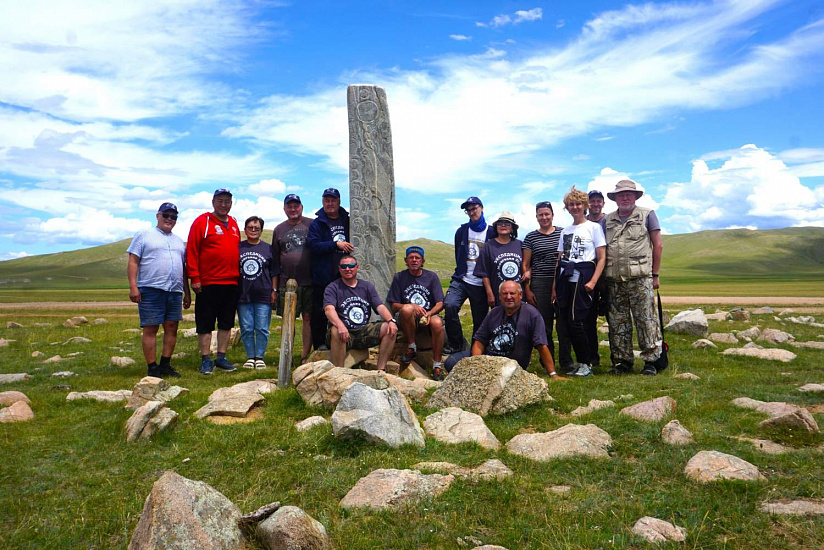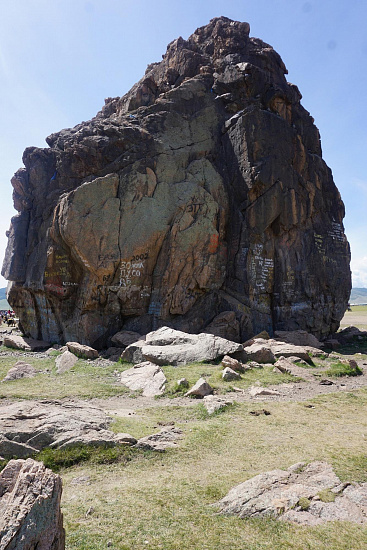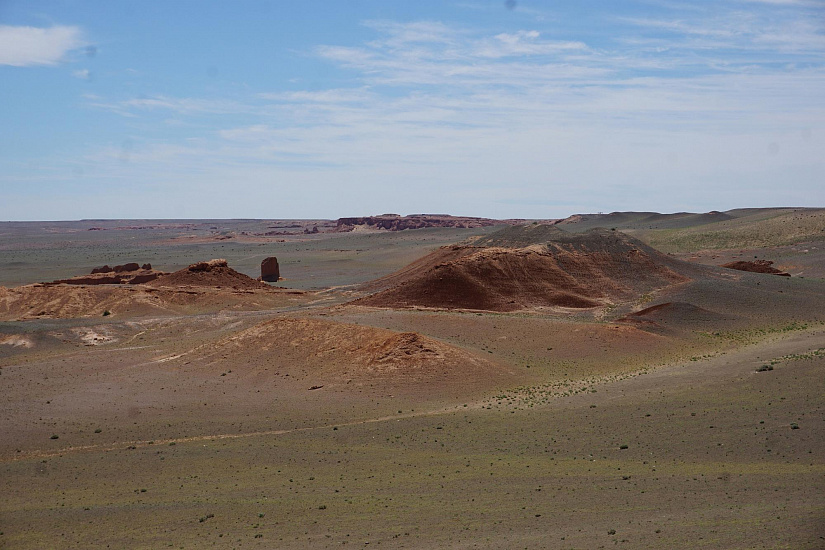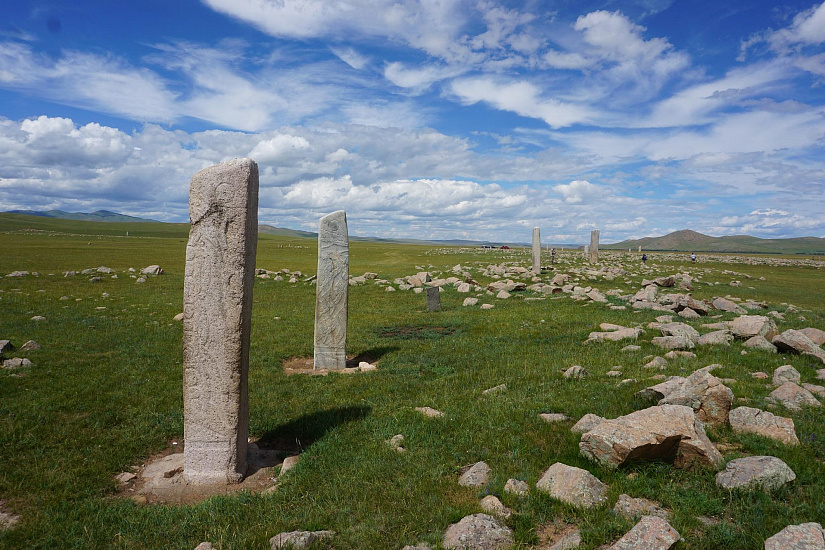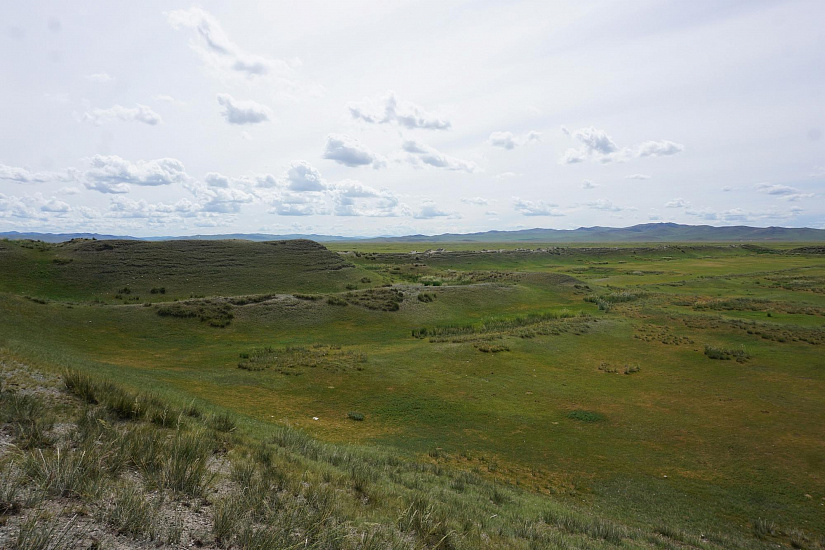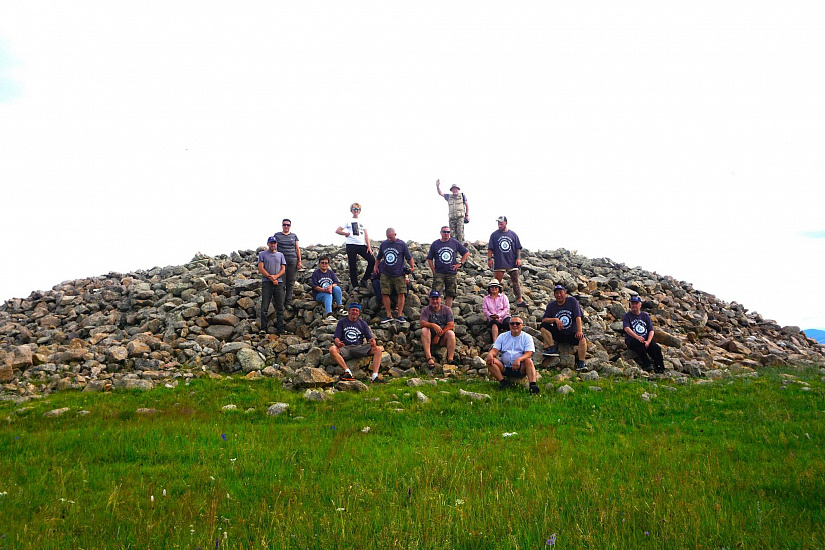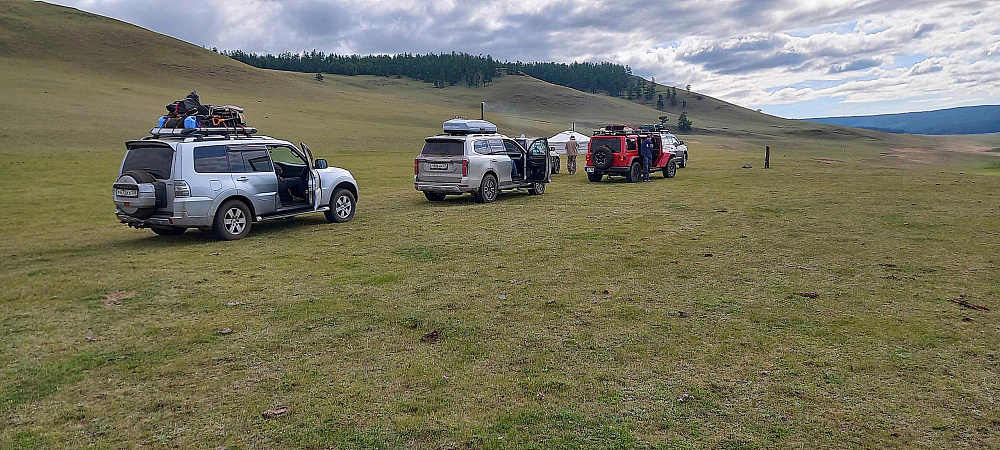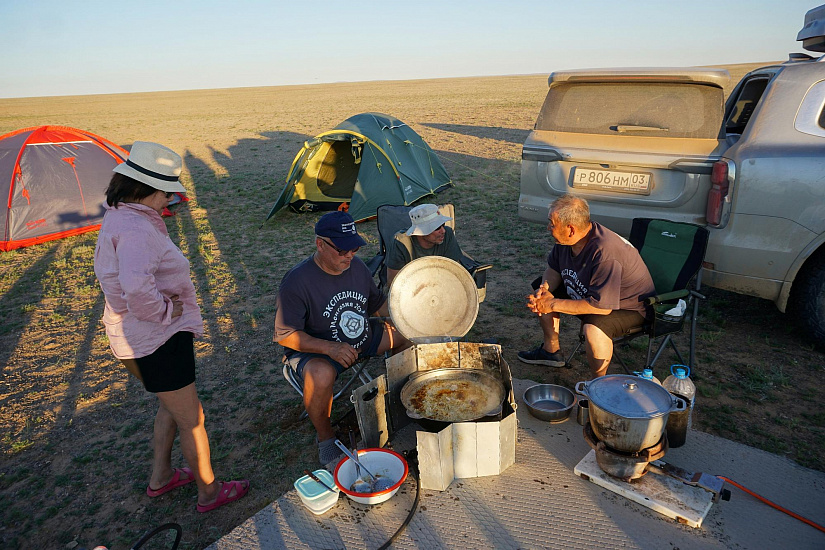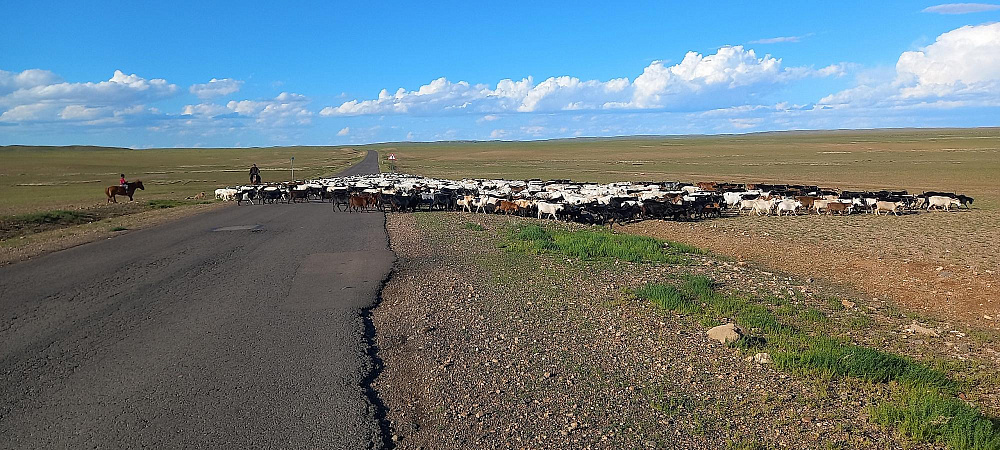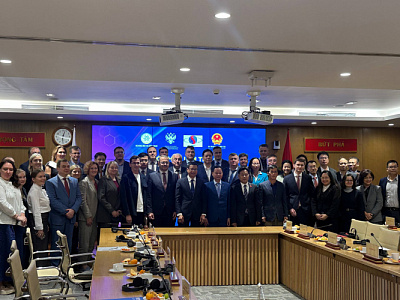INRTU’s Archaeologists Explore Ancient Cities and Burial Sites in Mongolia as Part of the "Pyotr Kuzmich Kozlov: Journey to the Heart of Asia" Expedition
INRTU staff have returned fr om an expedition that was part of the project "Pyotr Kuzmich Kozlov: Journey to the Heart of Asia." The researchers explored ancient archaeological and natural sites along a route stretching fr om Lake Khuvsgul in northern Mongolia to the Gobi Desert in the south.
The first expedition, dedicated to the 160th anniversary of Russian traveler Pyotr Kozlov, took place in 2023. Back then, a group of archaeologists discovered Paleolithic artifacts, petroglyphs, and Bronze Age burials in western and central Mongolia.
The ideologists behind the expedition are Artur Kharinskii, a professor at the Department of History and Philosophy at INRTU, and Georgy Rykov, head of the "Best" group. Participants included Nikolay Kradin, Director of the Institute of History, Archaeology, and Ethnography of the Peoples of the Far East, academician Viktor Chupin, Valentina Avramenko, Sergey Snopkov, and Yuri Snopkov from INRTU. Archaeologists from Ulan-Ude and the village of Orlik, well-known actor Sergey Bugayev, and Dmitry Smyatkin from St. Petersburg also joined the project.
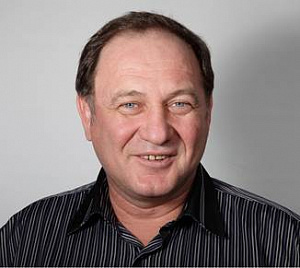
"This year, the name of our project changed to reflect the contribution of the Russian traveler to the study of Mongolia and Northern China. The expedition's goal is to follow in Pyotr Kuzmich's footsteps and assess the current state of the places he described in his works. Last time, we only touched the edge of the Gobi Desert. This summer, we aimed to completely follow the route of the famous researcher," commented Artur Kharinskii.
The expedition started in the border village of Khankh, from wh ere the archaeologists traveled in four off-road vehicles along the eastern shore of Khuvsgul to the city of Murun. Along the way, they encountered difficulties related to weather conditions and road infrastructure. However, participants noted that this only added to the adventure. Murun welcomed the archaeologists with sunny weather.
During the journey, the researchers tried to stop at every archaeological site important for immersing in the country's history. For example, in the Sevtsulin valley, they found the northernmost group of khirigsuurs - burial structures surrounded by a circular or rectangular stone fence. They then reached the elite Hun burial site Gol-Mod-2, wh ere they met their Mongolian archaeologist friend, Erdenebaatar.
"Near the burial site, there is the Jargalantyn memorial complex, which contains the largest number of deer stones in Mongolia. Each stone slab has unique images of deer heading toward the sun. Nearby is one of the largest khirigsuurs in Central Asia," explained the professor.
The next destination was the historical center of Mongolia - the Orkhon Valley. There, participants explored the ruins of the citadel of the Uyghur Khaganate's capital (8th-9th centuries). The citadel's walls still impress with their scale and seem impregnable. Outside the citadel, one can see the quarters of the ancient city.
This indicates that for many centuries, the Orkhon Valley was an important economic, political, and sacred center for several nomadic states. The states that existed here significantly influenced the fate of many Eurasian peoples.
The travelers also visited the capital of the Mongol Empire - Karakorum (Kharkhorin), which the current Mongolian government plans to make the capital of the state once again.
According to Artur Kharinskii, the next stop on the route was the Gobi Desert:
"We were impressed by the Mongolian desert. It was fascinating to watch the Gobi turn into an area covered with many streams when it rained. Since Pyotr Kuzmich Kozlov's time, little has changed here. After driving tens of kilometers, you might not see a single yurt. Living in the desert is difficult; during the Soviet period, massive irrigation was carried out in the area, but now many wells are abandoned."
The final point of the expedition was a stop at the Noen Uul necropolis. Pyotr Kozlov was one of the first to explore this burial site in 1924-1925. These excavations brought him fame as the discoverer of the Hunnic kurgans - the people who created a vast state in Central Asia that rivaled the Han Chinese Empire. In the excavated burials of the nomadic nobility, the scientist found embroidered Persian carpets, lacquered chariots from China, and other unique artifacts. Today, a significant part of Pyotr Kuzmich's collection is housed in the Hermitage.
Summing up the expedition, Artur Kharinskii mentioned that in his works, Pyotr Kozlov wrote about Buddhist temples:
"Many of the monasteries he visited are now destroyed. The traveler was also very interested in learning about the lives of Mongolian herders, noting the location of pastures on the map and observing in which regions people lived more prosperously. During the trip, we also established contacts with the local population and learned a lot about their lifestyle and culture.
This expedition concluded the research dedicated to Pyotr Kuzmich's routes through Mongolia. However, all the participants dream of visiting one more archaeological site—the Tangut city of Khara-Khoto in Northern China. In this sand-covered city, Pyotr Kozlov discovered an entire library of manuscripts left by the inhabitants of the Xi Xia state. The manuscripts are an important historical find, telling about the past of the Tangut state, which fell under the onslaught of the Mongols and natural disasters."

